Artist Interviews 2021
Vasundhara Singh 
By Laura Siebold
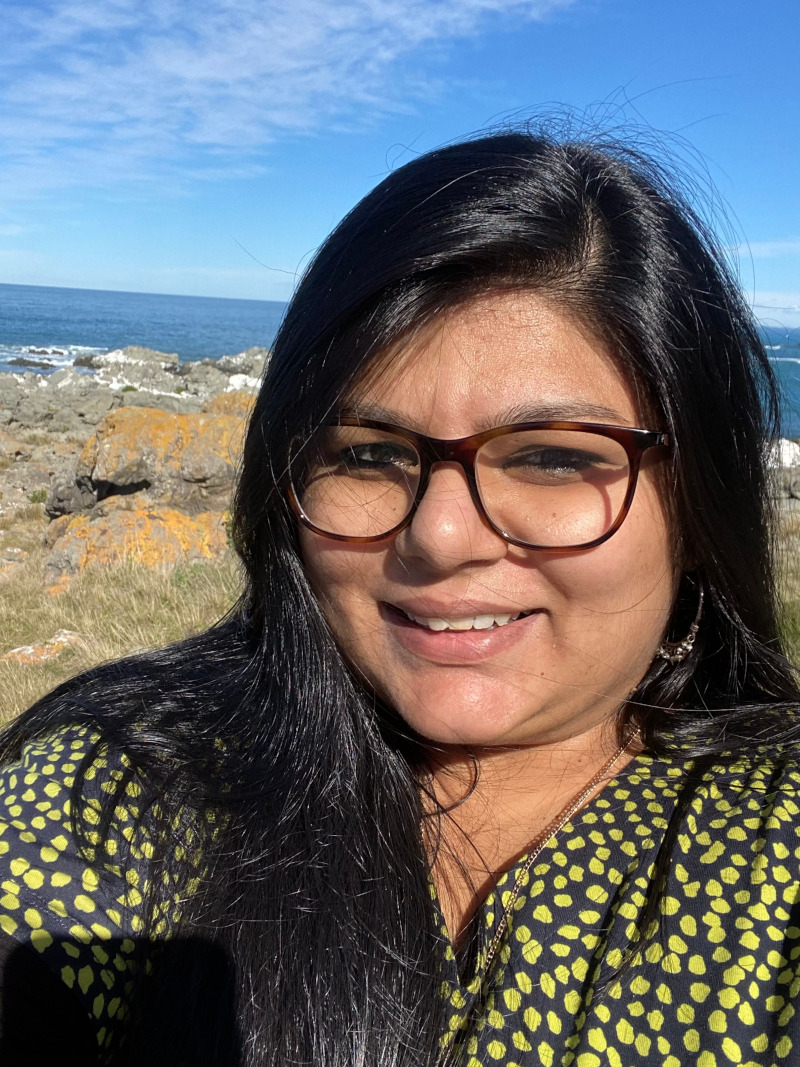
Vasu (Vasundhara) Singh is an artist known for her nature drawings, cyanotype art, and urban sketches. Vasu draws her main inspiration for her drawings and sketches from nature, incorporating natural elements of New Zealand. Growing up in India, Vasu’s cultural heritage and the many intricate patterns characteristic of Indian arts and textiles become apparent in her dedication to detail. Botanicals, sea life, and birds are among the artist’s main subjects. In her drawing classes, Vasu helps adults incorporate art in their life again. In the interview, we learn about the cyanotype technique, other artists she would like to collaborate with and future goals and projects.
Vasu is based in Marlborough, New Zealand.
How would you describe your style of sketching and drawing? Do you follow your intuition and create spontaneous artwork, or do you brainstorm ideas before creating?
I struggle to describe my style. I use many mediums and I draw many different subjects.
I suppose if I had to distill my style into words, it would be a focus on lines and detail. I’m very attracted by details and often replicate them to create intricate artworks, that is why nature inspires me.
I draw with intuition, I do prepare for projects and commissioned work because that helps me plan my time, a little bit that is.
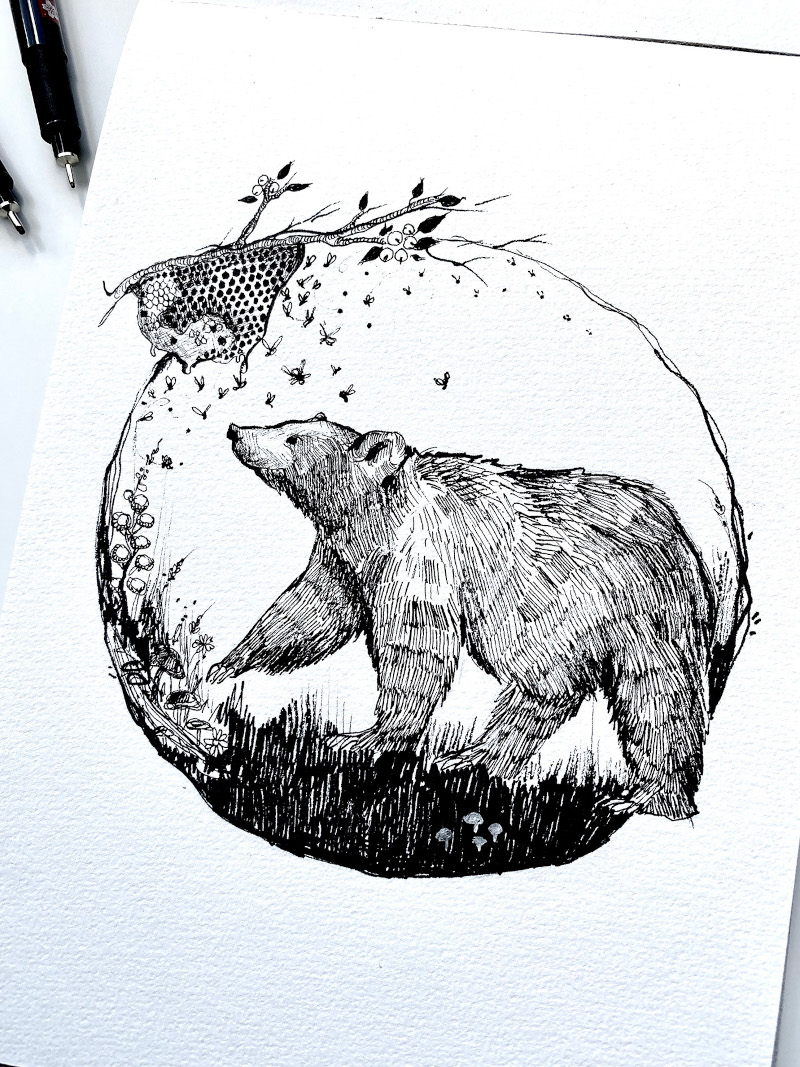
You live in New Zealand. Where do you find inspiration for your drawings? Do you like to create from the comfort of your home or go out into nature?
My name is actually Vasundhara, it means mother Earth. I’m known as Vasu for short.
My inspiration comes from nature. The earth, the sea, the cosmos, I am in awe of every flower and fish I see. I try to understand and represent their personality when I draw.
Yes, I live in New Zealand, but I grew up in India. Indian handicrafts and printed textiles have a lot of details that have seeped into my style.
I like to draw at home, in natural light whenever possible. With music!
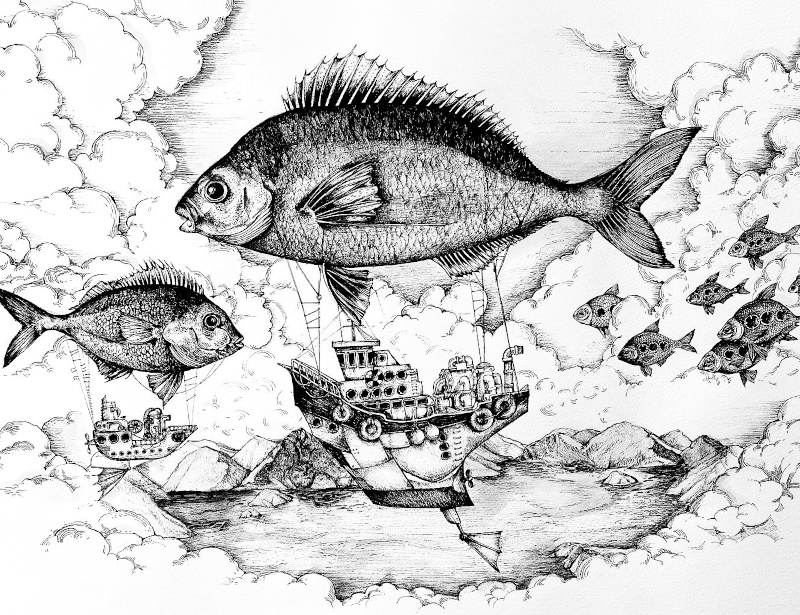
Your work mostly focuses on elements of the natural world, and depicts birds, plants, and fruit. What determines your choice of subjects? What do you like about botanical art?
I like to choose subjects that are in my surroundings. I have moved from Delhi, which is a big and busy city, to Marlborough, which is wine country paradise. Nature is LIFE here, I draw seasonal botanicals, spring flowers, autumn leaves, their lines and colors are very inspiring.
Also moving from a landlocked city to an island, I discovered sea life! It has unlocked a rich resource for me to draw from.
I like botanical art because it is timeless. It's always elegant and uplifting.
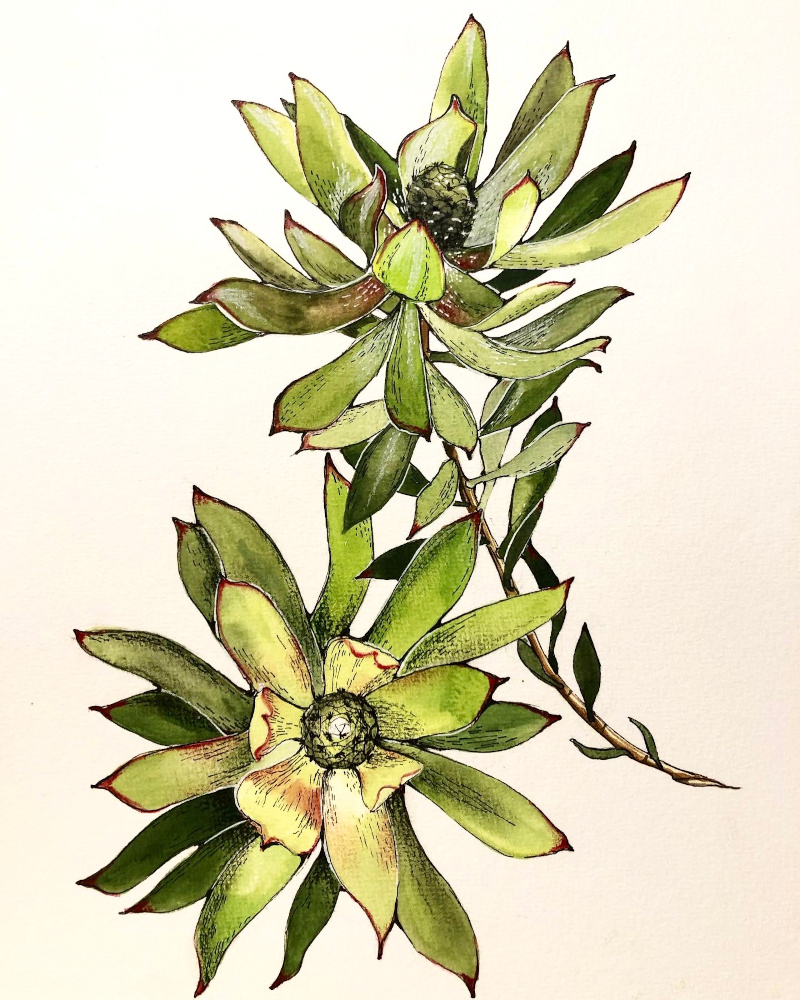
When did you first start drawing and how did drawing become a passion of yours?
I have always loved drawing. I had a wonderful art teacher in school and at home I used to draw with my mother who is an artist and a teacher. I studied textiles and creating prints for fabric, using my love for floral motifs became my passion. Now I teach botanical art myself.
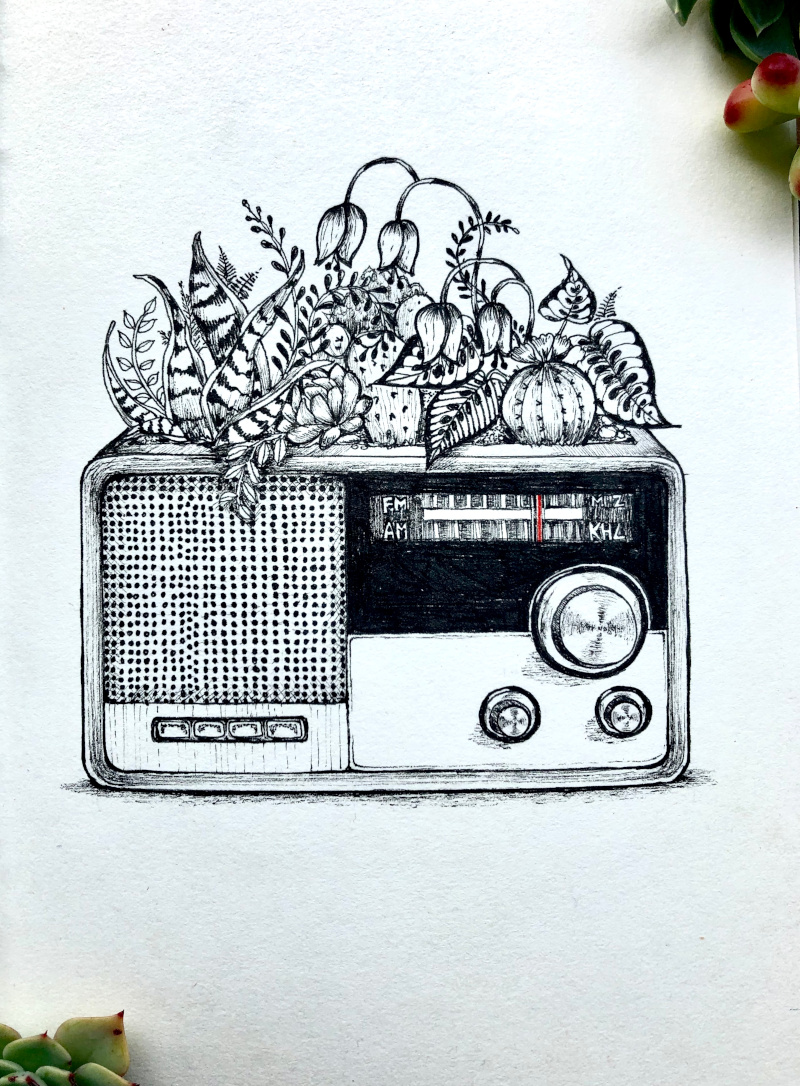
We saw on your Instagram @ colourin_nz_vasu that you offer drawing and art classes. How did this collaboration come to life and what have you gained from it so far?
Living in a remote place, I realized I had a lot of experience to share with others who live here.
I started teaching through a community program that offers adults the opportunity to learn different skills. From there I built a little network and understood people wanted to find a way to include art in their life. So, I started doing regular classes at local art galleries, too.
The response has been overwhelming. People have simply lost touch with drawing as adults, it’s so rewarding for them and for me to learn and practice drawing. During a drawing class you are in the moment and your sense of attention to detail is so heightened.
These classes have made me feel very connected to the community I live in.

Many of your drawings are pen drawings held in black and white, but you also frequently use watercolor for your flower illustrations. Which role does color play in your work?
Instagram is a great tool to give a person insight into an artist’s world so to speak. However, it is very restrictive as well because people create a certain ‘look’ and style on their page. This may not reflect the full scope of their work.
I want my Instagram to be spontaneous and life-like. I enjoy working with colors a lot! After doing a month-long pen and ink drawing challenge like Inktober, I enjoy working with vibrant colors. Especially while doing botanical drawings, colors give the botanical artwork life.

Your cyanotype art, illustrated with white rather than black pen, is quite different from the rest of your art. Can you walk us through a typical process of creating one of these prints?
Cyanotypes came about as an initial experimentation of my botanical art.
I referenced Anna Atkins’s use of cyanotype to document botanicals, and I used it to document native botanicals in my immediate surroundings.
It’s an analog photography technique that is highly addictive.
I started varying the subject of the cyanotype from botanicals to my own drawings. And that’s how the underwater sea life cyanotype series came about.
To make a cyanotype, I coat the paper in photo-sensitive chemicals in a dark room.
Then I print an image of my artwork on an acetate sheet and place it on the coated paper after it has dried.
I then expose this to sunlight. The UV rays in the sunlight react with the chemical on the paper. When this exposed paper is washed in water, the reacted area turns a vibrant blue and the area with the drawing or botanical remains white.
On already exposed images, I further add detail with a white pen. It’s a mesmerizing process of adding highlights and layers, creating more points of interest.
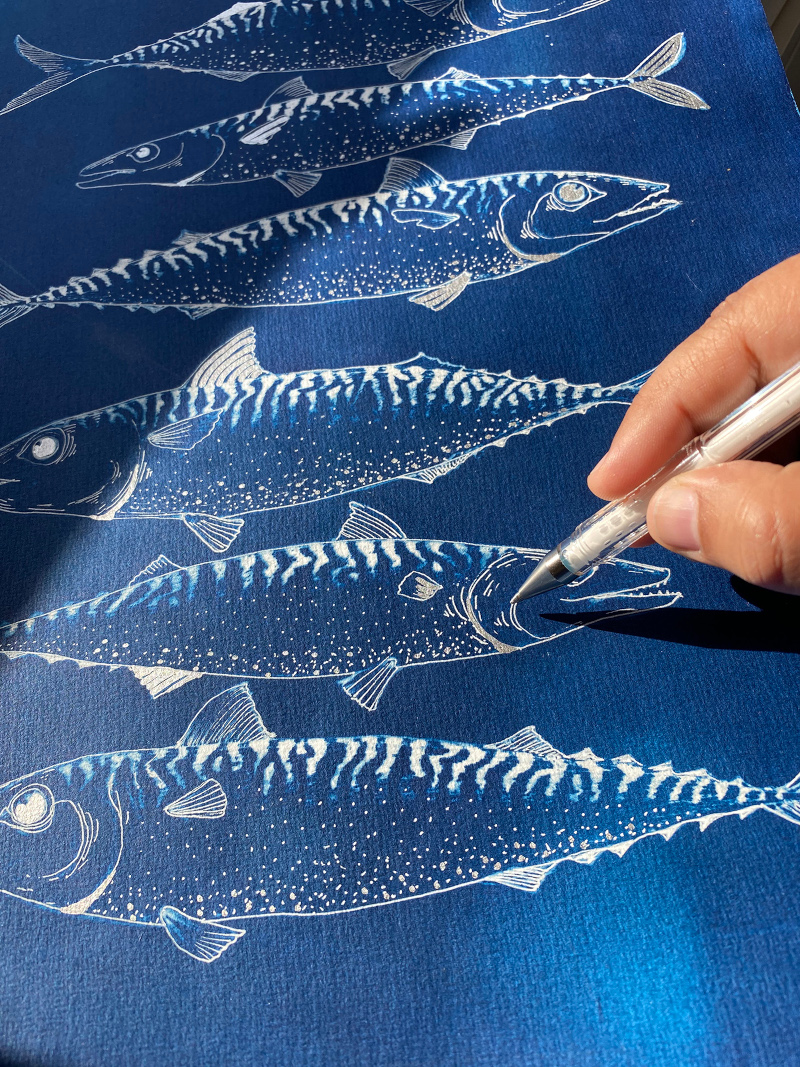
Do you like to create new drawings and paintings while traveling? Can you recall a specific travel experience that inspired a new subject or series?
Yes! I love to draw while traveling, in my student days I had a sketchbook and drew my journey with my scribbly pen wherever I went. I would like to do that again.
I did try to do that on a recent trip to Wellington, unfortunately my adorable little toddler wanted to scribble in my diary every time I pulled it out. So, I am taking a break from drawing while traveling, however, it is very inspiring and I always take pictures to incorporate into my work whenever possible.

If you could choose any other artist in the community for a collaboration, who would you like to collaborate with and why?
There is a long list of artists I would like to collaborate with. From Instagram, I would like to work with Sophie McPike, I am a big fan of her colors, they are so immersive and just delicious. I think Cyanotypes with her style would look stunning.
I also have a weakness for Linocuts, so if I ever got an opportunity to collaborate with Maarit Hanninen, I would jump at it. Her drawings are so detailed, and every illustration is a motif.
Locally in Marlborough, I would love to collaborate with Rebekah Hall who is a brilliant ceramic artist. Check out her work inspired by sea life!
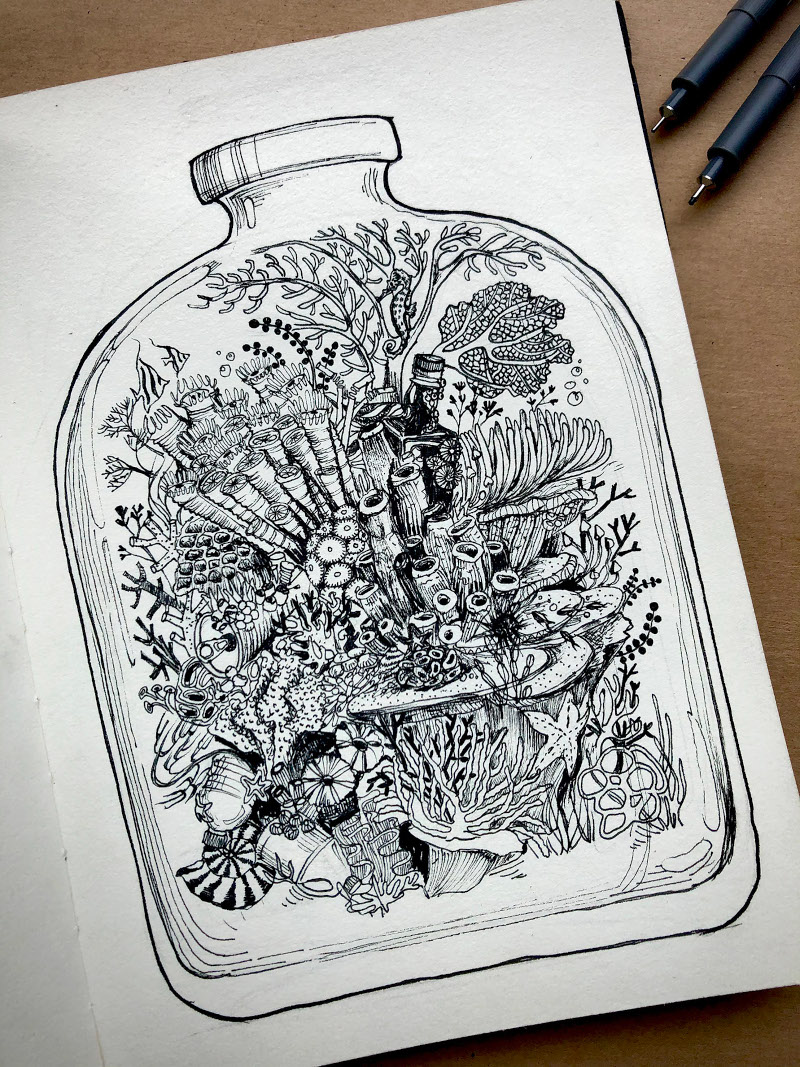
We are curious about your future ambitions as an artist. Can you give us an insight into anticipated goals and projects?
Truth be told I’m enjoying this journey I’m on. After moving to New Zealand from India, for 7 years I didn’t do any drawing. I was busy settling down, working on my new marriage, and working in a job that didn’t let me tap into my FULL creative potential.
It's only after having had my son for 3 years that I left all that and started working for myself, doing whatever I like autonomously.
It makes me so damn happy. I want to continue doing my art classes. It keeps me sharp and fresh with ideas. And it also carves out a small nook for myself in the art community here.
I want to translate my botanical art and cyanotype into surface design and create prints.
I want to keep growing my commissioned work because that gives me direct facetime with the people buying my art.
Like I said, after so many years of not expressing my art, drawing is actually pouring out of me. I’m realizing my own potential, which feels great!
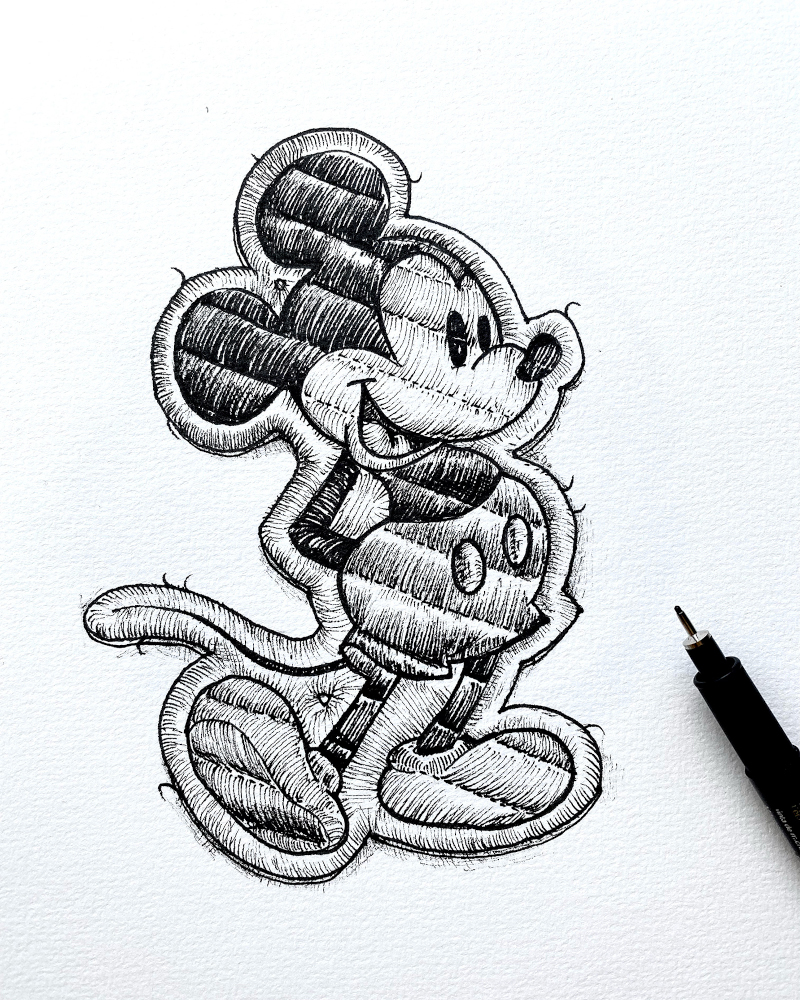
|
|

